Good article on base load
CleanTechnica: We Don’t Need Base Load Power. We Don’t Need Base Load Power
CleanTechnica: We Don’t Need Base Load Power. We Don’t Need Base Load Power
You can install our site as a web app on your iOS device by utilizing the Add to Home Screen feature in Safari. Please see this thread for more details on this.
Note: This feature may not be available in some browsers.
I've used bi-facial PV panels (not dual-use) in commercial properties for shade and increased production with good results.Can Dual-Use Solar Panels Provide Power and Share Space With Crops?
In a study by AgriSolar Clearhouse, a new collaboration to connect farmers and other landowners with agrivoltaic technology, the installations were also shown to foster growth by shielding crops from increasing temperatures and aiding with water conservation. While the technology remains in its infancy in the United States compared with countries in Europe, where the technology has been used for over a decade, federal regulators as well as academics and developers are working to remedy that disparity.
Early results are promising, said Garrett Nilsen, the acting director of the Solar Energies Technologies Office of the U.S. Department of Energy. “There’s a project in Arizona where they’ve seen a threefold increase in crop yields when they are underneath this kind of system and up to a 50 percent reduction in irrigation requirements” because the panels provide shade, he said. Additionally, the plants under the panels release water into the air, which cools the modules, creating what Mr. Nelson described as a “symbiotic relationship between the plants and the panels.”
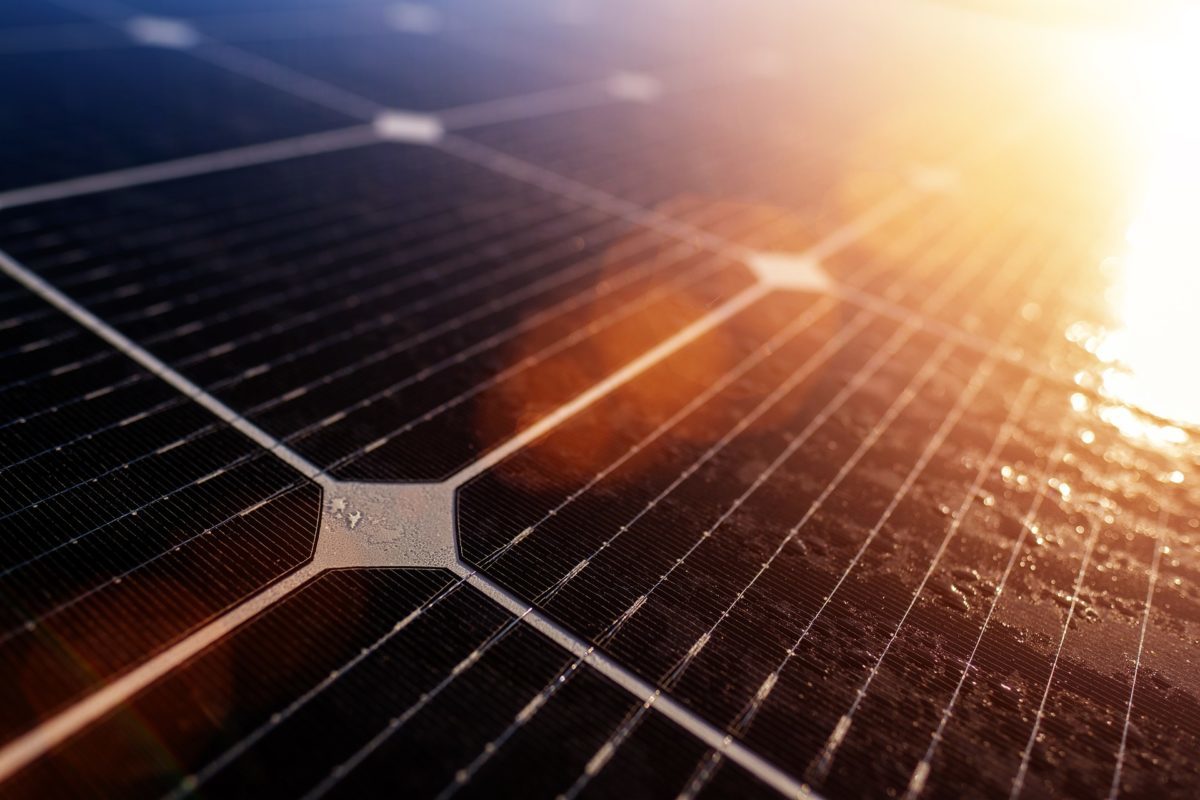
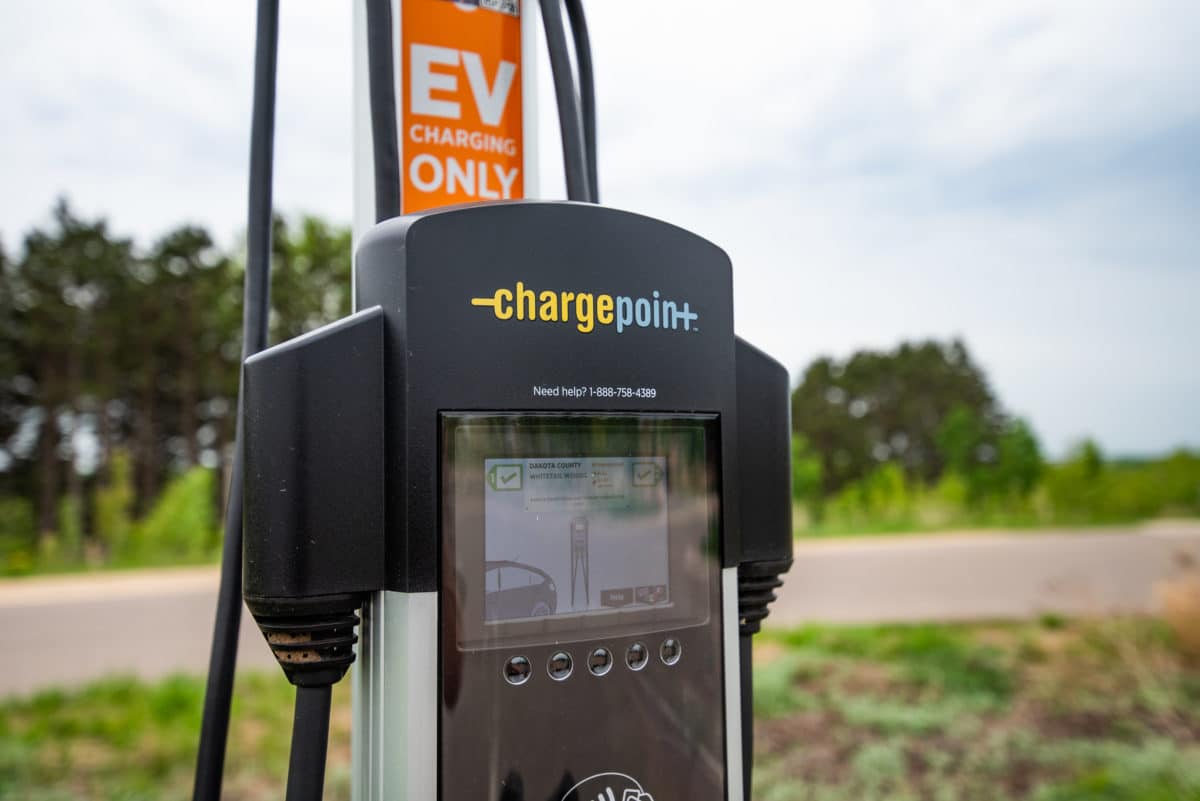
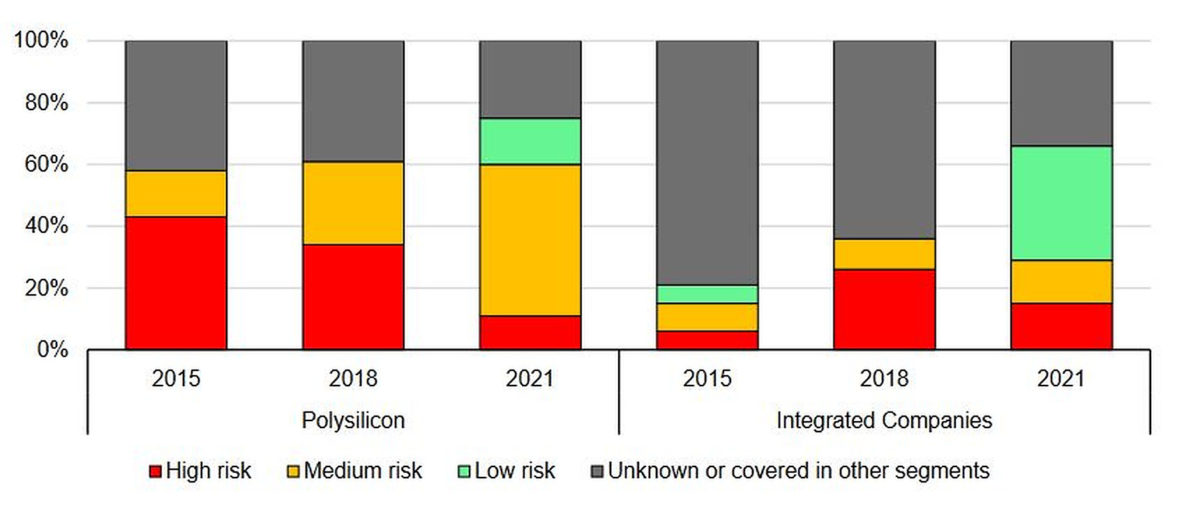

One-third of global PV manufacturing capacity is at medium or high risk of bankruptcy, IEA says
A new report from the International Energy Agency stresses the importance of geographically diversifying the global PV supply chain. This would prevent supply chain vulnerability to bankruptcies and underinvestment.www.pv-magazine.com
The paper also describes thoroughly the main vulnerabilities of the global PV supply chain while highlighting the need for a wide geographical diversification of the industry. “China has been instrumental in bringing down costs worldwide for solar PV, with multiple benefits for clean energy transitions,” the IEA analysts emphasize. “At the same time, the level of geographical concentration in global supply chains also creates potential challenges that governments need to address.”
I think another point of the article is that PV production has been subsidized by China and they now represent most of the market. China may be reducing their subsidies and this could impact financial viability of companies. The article argues for geographic diversification (and there may be higher prices without subsidies).I think a key point is that as with other resources, COVID dampened the required expansion in polysilicon manufacturing, and the crunch was only expected to ease completely by 2023.
It's limiting PV at the moment.
The forecast of global production of 1 TW/year from 2030 is mind-boggling in the expected impact.
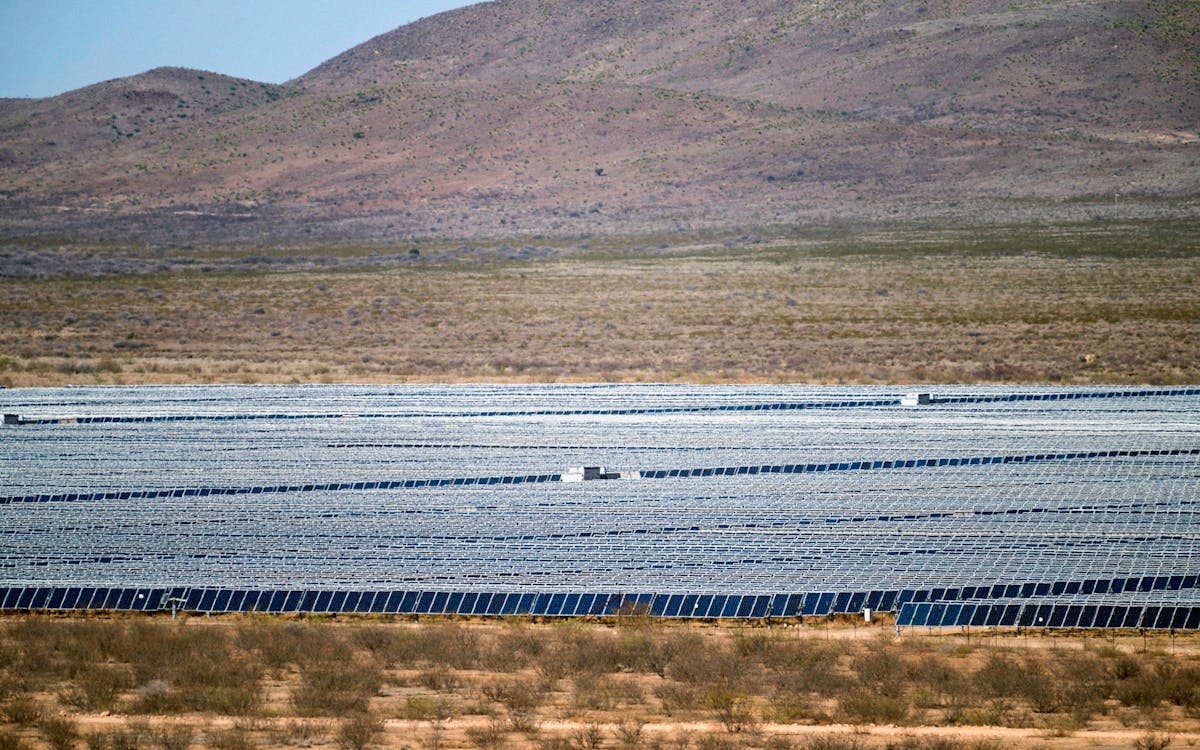

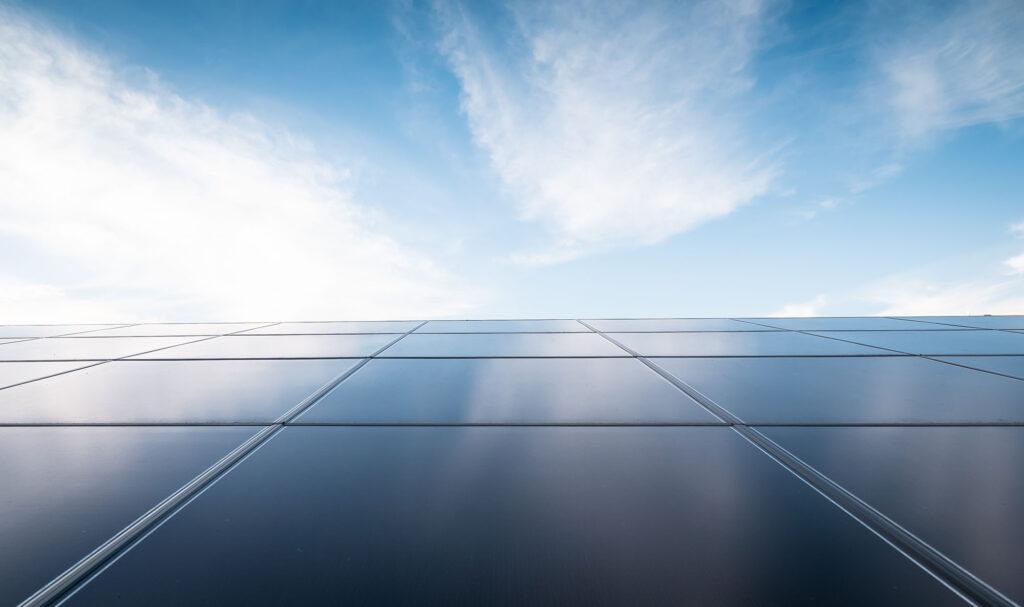
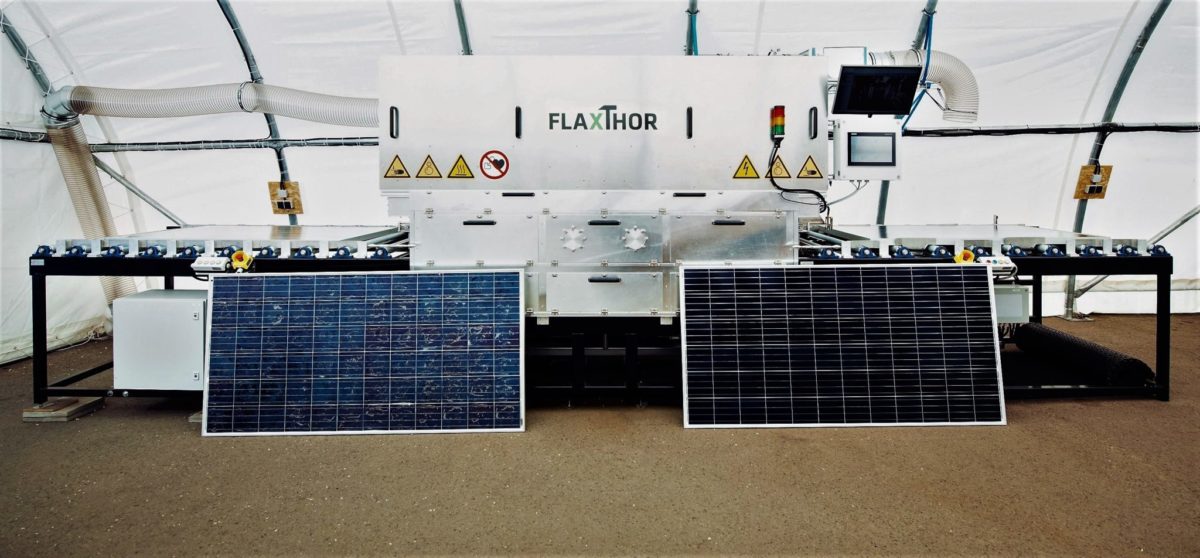
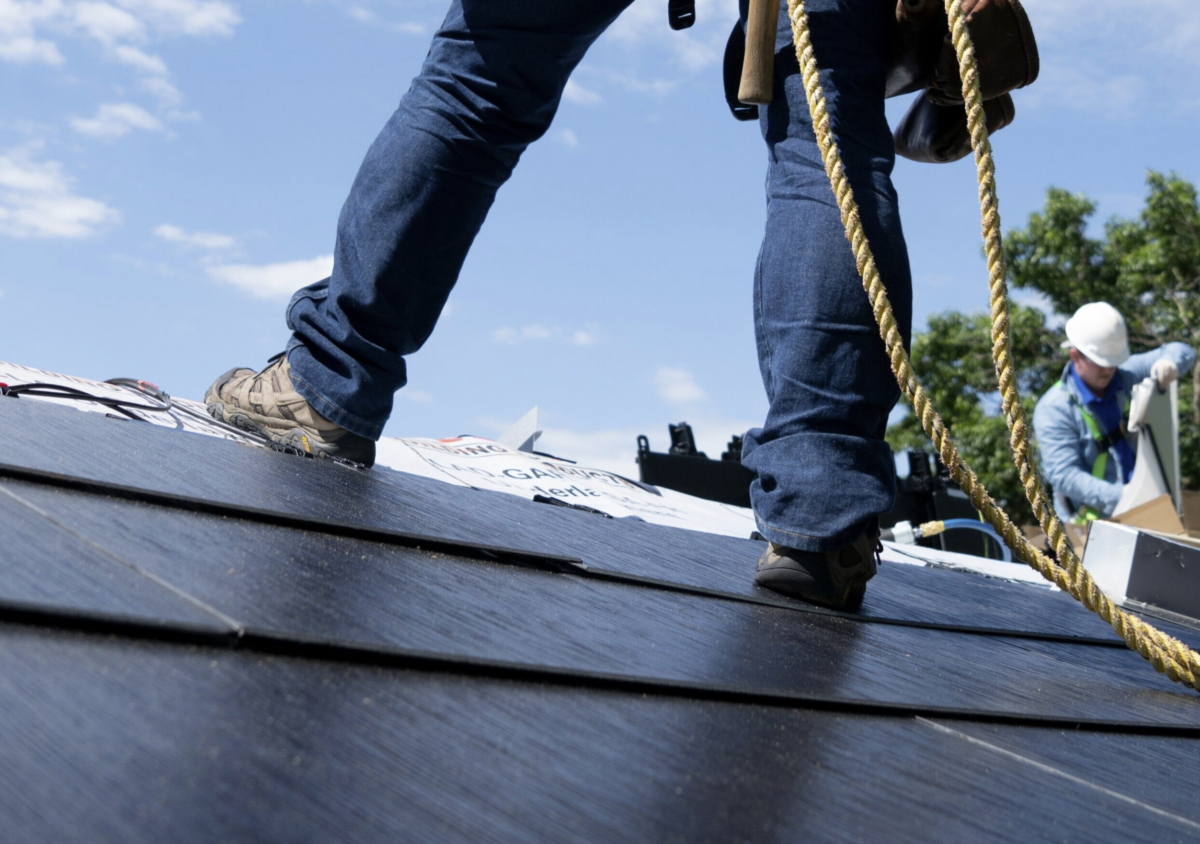
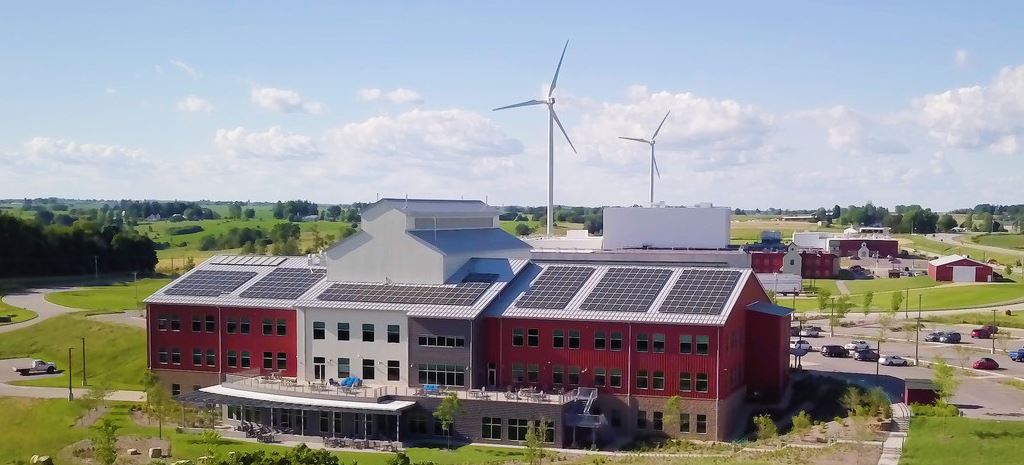
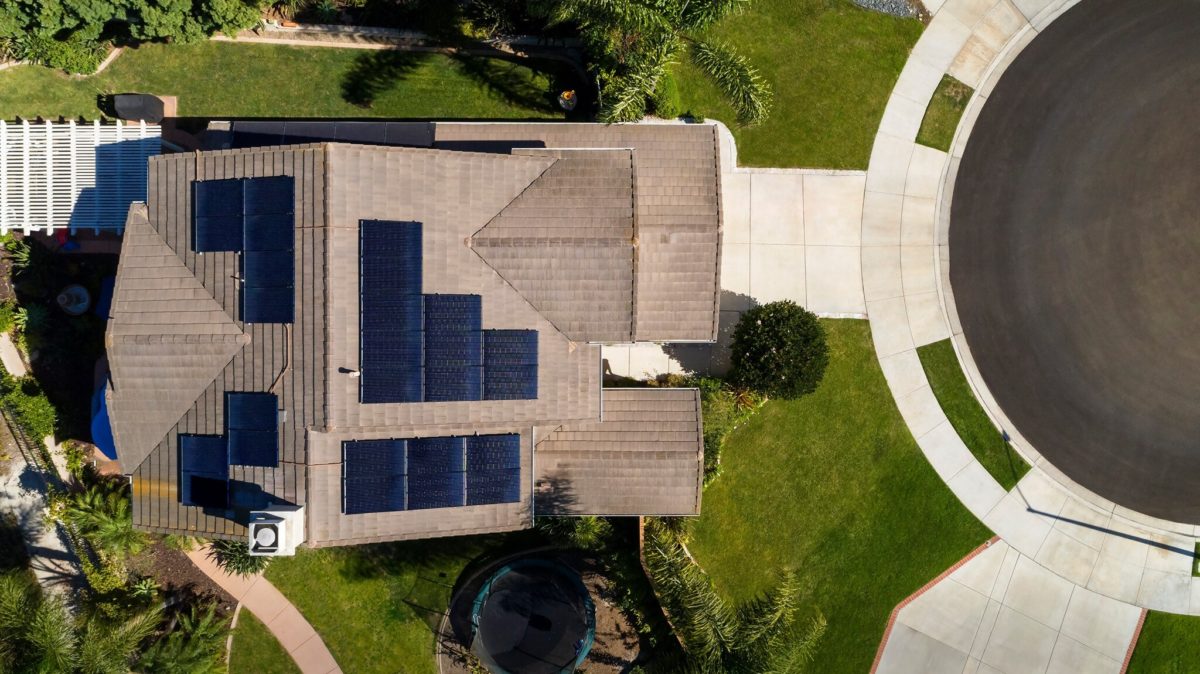

As Texans are asked to cut energy use amidst a heat wave, solar and batteries step up
The Texas grid is having energy supply issues as heat waves cause energy demand to spike. Rooftop solar and energy storage offer relief for homeowners and the grid at large.pv-magazine-usa.com
Rather than limiting comfort or relying on an ever-dwindling reserve supply, homeowners are increasingly turning to solar and energy storage as a solution to the Texas-sized problem. Solar and storage can step up in numerous ways that help both the homeowner and the grid at large.
“We’ve got twice the solar we had last summer, and something like three times what we had eighteen months ago,” energy consultant Doug Lewin told Texas Monthly. “We actually set another solar record today, and we set one yesterday. Renewables throughout most of May and June, as we’ve been experiencing extreme heat, really were the difference between [having] a whole lot of conservation calls and potential rolling outages and not having them.” Texas has the largest projection for solar buildout with 28 GW of solar on the way, or 50% more than California in a three-year horizon. This buildout will need to continue if ERCOT is to meet growing demand, which is ballooning due to increasing population, increasing temperatures, a boost in electrification of appliances, heating and cooling, and the electric vehicle transition. Plus, renewables will be needed to make up for the retirement of fossil fuel generators. Between 2014 and 2020, 6.2 GW of coal generation was retired, said Real Clear Energy
The benefits of solar and batteries are not just for wealthy homeowners. Data from the Lawrence Berkeley Laboratory shows that over time, homeowners in lower income thresholds are increasingly adopting the technology. In 2013, 33.6% of solar adopters had a household income of $100k or less. As of 2020, that number increased to 62.9%.
| TX | All Other | Batteries | Conventional Hydroelectric | Conventional Steam Coal | Geothermal | Landfill Gas | Municipal Solid Waste | Natural Gas Fired Combined Cycle | Natural Gas Fired Combustion Turbine | Natural Gas Internal Combustion Engine | Natural Gas Steam Turbine | Natural Gas with Compressed Air Storage | Nuclear | Offshore Wind Turbine | Onshore Wind Turbine | Other Gases | Other Natural Gas | Other Waste Biomass | Petroleum Coke | Petroleum Liquids | Solar Photovoltaic | Solar Thermal without Energy Storage | Wood/Wood Waste Biomass | Total |
|---|---|---|---|---|---|---|---|---|---|---|---|---|---|---|---|---|---|---|---|---|---|---|---|---|
| 2022 | 0 | 1942.9 | 0 | 0 | 0 | 0 | 0 | 232 | 394.5 | 2.4 | -328 | 0 | 0 | 0 | 3205.1 | 0 | 0 | 0 | 0 | 0 | 4790.1 | 0 | 0 | 10239 |
| 2023 | 23.4 | 1354.9 | 0 | -650 | 0 | 0 | 0 | 0 | 495.4 | 0 | -317.6 | 0 | 0 | 0 | 1730 | 0 | 0 | 0 | 0 | -2 | 5408 | 0 | 0 | 8042.1 |
| 2024 | 0 | 355 | 0 | -840 | 0 | 0 | 0 | 10 | 344 | 0 | -1011 | 0 | 0 | 0 | 288 | 0 | 0 | 0 | 0 | -2 | 3322 | 0 | 0 | 2466 |
| 2025 | 0 | 0 | 0 | 0 | 0 | 0 | 0 | 1406.6 | 5 | 0 | 0 | 317 | 0 | 0 | 0 | 0 | 0 | 0 | 0 | 0 | 0 | 0 | 0 | 1728.6 |
| 2026 | 0 | 0 | 0 | 0 | 0 | 0 | 0 | -227 | 0 | 0 | -2540.9 | 0 | 0 | 0 | 0 | 0 | 0 | 0 | 0 | 0 | 0 | 0 | 0 | -2767.9 |
| 2027 | 0 | 0 | 0 | -655 | 0 | 0 | 0 | 0 | 0 | 0 | -190 | 0 | 0 | 0 | 0 | 0 | 0 | 0 | 0 | 0 | 0 | 0 | 0 | -845 |
| 2028 | 0 | 0 | 0 | -1000 | 0 | 0 | 0 | 0 | 0 | 0 | -410 | 0 | 0 | 0 | 0 | 0 | 0 | 0 | 0 | 0 | 0 | 0 | 0 | -1410 |
| 2029 | 0 | 0 | 0 | -1689 | 0 | 0 | 0 | 0 | 0 | 0 | 0 | 0 | 0 | 0 | -73.5 | 0 | 0 | 0 | 0 | 0 | 0 | 0 | 0 | -1762.5 |
| 2030 | 0 | 0 | 0 | 0 | 0 | 0 | 0 | 0 | -63 | 0 | -244 | 0 | 0 | 0 | 0 | 0 | 0 | 0 | 0 | 0 | 222.8 | 0 | 0 | -84.2 |
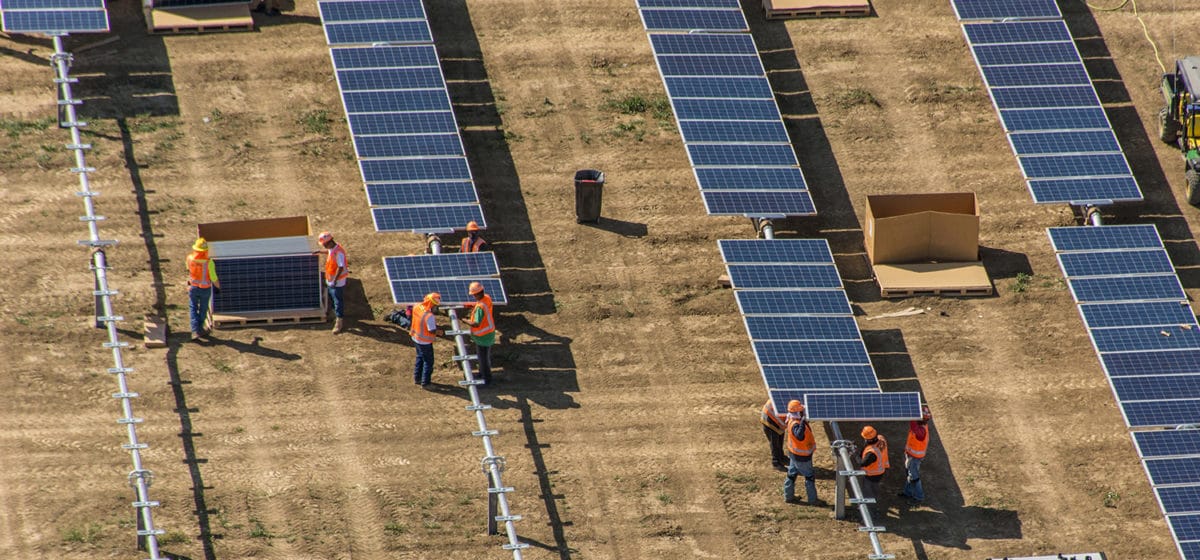
It seems that they don't think the significant expansion to about 1TW/year of polysilicon manufacturing is going to happen.
Global solar capacity to grow 30% this year, said analyst
Bloomberg senior clean energy analyst Rob Barnett forecasts a 30% increase in global PV deployment this year, and double-digit growth through 2025.pv-magazine-usa.com


